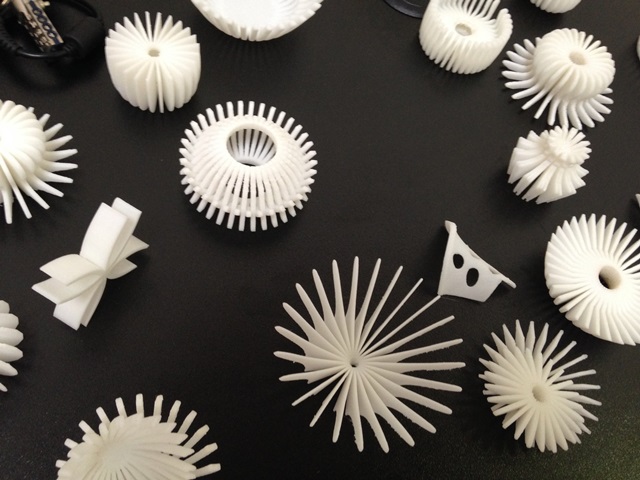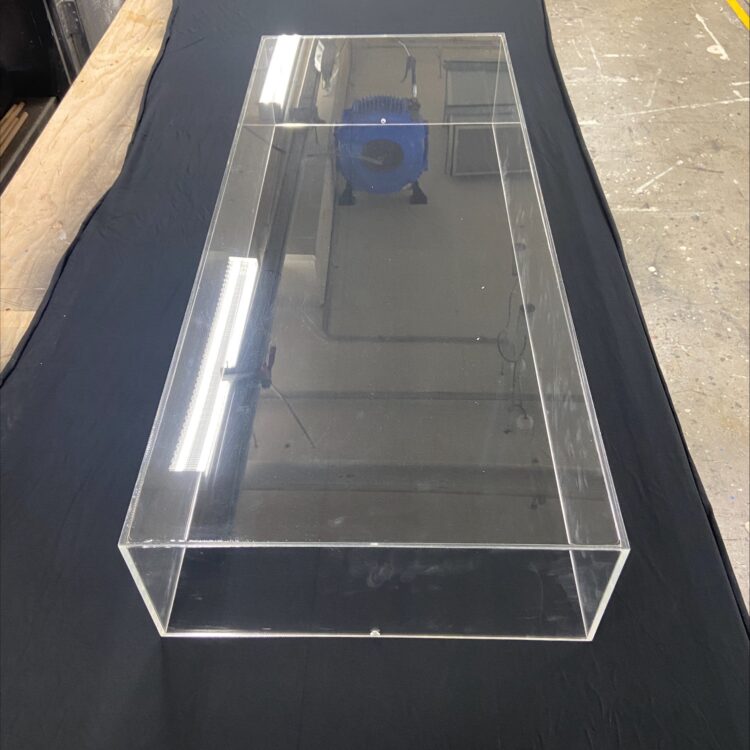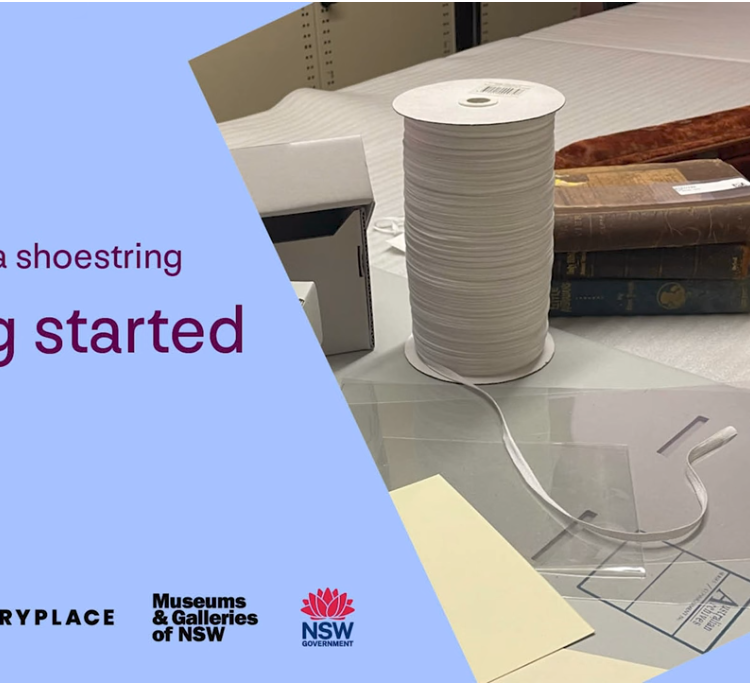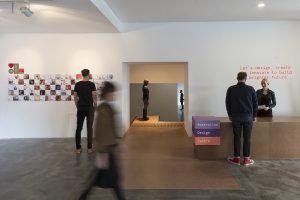
Examples of 3D printed creations
By students from Sydney International Grammar School at the [Ctrl][P] Teachers Event.
Given that 3D printing is the talk of the town, M&G went to find out what all the fuss is about. The first thing we wanted to know was:
What is 3D printing?
In a nutshell, 3D printing is the process of transforming a digital design or model into a physical, solid, 3D object. There’s a big range of 3D printers for different uses – for printing everything from simple plastic objects to durable metals and even biological material. They range in price and quality, but recent proliferation of affordable basic printers has made them more accessible to the general public.
We then wanted to know: How does it work?
We took a trip to the [Ctrl][P] exhibition at Object Australian Design Centre, which aims to put some of these questions to bed by serving as part 3D printing lab, part exhibition, part workshops, complete with pop-up store of printed goodies. Inside the gallery, a bevy of 3D printing machines whir away, not dissimilar in appearance and size to a small home office printer.
The machines are fed with rolls of pre-coloured plastic filament – the same stuff that Lego is made of – which is melted and finely layered to take the shape of the design. It took around thirty mesmerizing minutes to produce an object the size of a fist. It produces a solid item which hardens over time.
Our third question addressed the use of the technology: What are the possibilities and implications for artists and manufacturers?
For object artists designers and jewellers, 3D design and printing is speculated to be a ‘game-changer’ providing increased moulding, patterning and production accuracy with reduced hands-on making time.
Jewellery artist Cinnamon Lee, spoke at the [Ctrl][P] Teachers Event and explained how she has used the technology to create a series of works in titanium – a metal notorious for being difficult to shape or cast using manual methods. The technology has allowed her to create intricate, interlocking metal pieces that join together perfectly reaching a level of accuracy unachievable by hand.
It also has a role to play in the luxury, ‘one-off’ end of the market – whether it be a customised dashboard on your car or modified footwear for those with disabilities. The possibilities seem endless.
With the exception of prototyping for industry, 3D printing is unlikely to rival mass production of common items – accepted industrial processes being much cheaper and faster in rolling out large numbers of basic items and componentry.
Inside the gallery, a bevy of 3D printing machines whir away, not dissimilar in appearance and size to a small home office printer.
However, the ability to copy and easily reproduce objects does have implications for small scale manufacturing and bespoke crafts and has raised significant ethical concerns. The question of who controls the quality and standard of objects printed ‘at home’ opens up a huge area of debate in copyright, health and safety and consumer law.
On the questions of ensuring authenticity, quality, market value and whether 3D printing will devalue artworks now the ‘hand’ of the artist can be removed, the jury is still out. The commercial opportunities are already being explored by large institutions like The Van Gogh Museum who are selling limited edition 3D prints of their famous collection works, replicating the impasto and texture of the paint layers and brushstrokes on the canvas and the gilded frames in which they sit.
The machines at [Ctrl][P] will be printing away until 25 January 2014 at Object Australian Design Centre.




